Características del Desarrollo de la Capacidad Digestiva Durante la Ontogenia Larvaria y Juvenil del Aterinópsido Chirostoma Estor, sin Interferir la Maduración Digestiva
Resumen
El pez blanco Chirostoma estor es una especie con alto potencial de cultivo y calidad nutricional. A pesar de los avances en su cultivo y alimentación, aún no se cuenta con una alimento balanceado que permita el buen crecimiento obtenido con el alimento vivo. En este trabajo se estudió el desarrollo de la actividad digestiva en la especie, desde la eclosión hasta los 150 días, usando solo alimento vivo para evitar afectar la maduración digestiva. Los análisis de actividad se realizaron con técnicas fluorómetricas (enzimas pancreáticas) y espectofotométricas (enzimas intestinales) validadas para evaluar maduración digestiva. El crecimiento observado fue comparable con el obtenido utilizando luz contínua y microdietas con proteína soluble y consorcio bacteriano. Se evidenció la necesidad de incluir rotíferos y nauplios de Artemia en los primeros estadíos. Los indicadores de maduración digestiva evidenciaron que C. estor sigue el modelo descrito para peces gástricos, con las particularidades de ser tardío -posterior a los 5 meses de vida-, presentar niveles muy elevados de actividad citosólica intestinal (leucin alanin peptidasa) y mantener esta actividad y la anclada a la membrana de los enterocitos durante el estadio juvenil. Por consiguiente, se recomienda un destete posterior al primer mes de vida, induciendo una maduración temprana.
Descargas
Citas
Bergmeyer HU, Gawehn K, Grassl M. (1974). Methods of Enzymatic Analysis. In: Bergmeyer HU editor. 2nd ed. Volume I. New York, NY, USA: Academic Press Inc; 495-496.
Bittar VT, Awabdi DR, Tonini WCT, Vidal-Junior MV, Di Beneditto APM. (2012). Feeding preference of adult females of ribbonfish Trichiurus lepturus through prey proximate-composition and caloric values. Neotropical Ichthyology, 10(1), 197-203. https://doi.org/10.1590/S1679-62252012000100019
Bradford MM. (1976). A rapid and sensitive method for the quantitation of microgram quantities of protein utilizing the principle of protein-dye binding. Analytical Biochemistry, 72, 248–254. https://doi.org/10.1006/abio.1976.9999
Cahu CL, Zambonino Infante JL. (1994). Early weaning of sea bass (Dicentrarchus labrax) larvae with a compound diet: Effect on digestive enzymes. Comparative Biochemistry and Physiology A Physiology, 109(2), 213-222. https://doi.org/10.1016/0300-9629(94)90123-6.
Cahu C, Rønnestad I, Grangier V, Zambonino Infante JL. (2004). Expression and activities of pancreatic enzymes in developing sea bass larvae (Dicentrarchus labrax) in relation to intact and hydrolyzed dietary protein; involvement of cholecystokinin. Aquaculture, 238(1–4), 295-308. https://doi.org/10.1016/j.aquaculture.2004.04.013.
Cara JB, Moyano FJ, Cárdenas S, Fernández-Díaz C, Yúfera M. (2003). Assessment of digestive enzyme activities during larval development of white bream. Journal of Fish Biology, 63, 48-58. https://doi.org/10.1046/j.1095-8649.2003.00120.x
Carvalho AP, Oliva-Teles A, Bergot P. (2003). A preliminary study on the molecular weight profile of soluble protein nitrogen in live food organisms for fish larvae. Aquaculture, 225(1–4), 445-449. https://doi.org/10.1016/S0044-8486(03)00308-9.
Chen JY, Zeng C, Cobcroft JM. (2022). Digestive system ontogeny and the effects of weaning time on larval survival, growth and pigmentation development of orchid dottyback Pseudochromis fridmani. Aquaculture, 549, 737737. https://doi.org/10.1016/j.Aquacultureulture.2021.737737.
Conceição LEC, Yúfera M, Makridis P, Morais S, Dinis MT. (2010). Live feeds for early stages of fish rearing. Aquaculture Research, 41, 613-640. https://doi.org/10.1111/j.1365-2109.2009.02242.x
Corona-Herrera GA, Navarrete-Ramírez P, Sanchez-Flores FA, Jimenez-Jacinto V, Martínez-Palacios CA, Palomera-Sánchez Z, Volkoff H, Martínez-Chávez CC. (2022). Shining light on the transcriptome: Molecular regulatory networks leading to a fast-growth phenotype by continuous light in an environmentally sensitive teleost (Atherinopsidae). Journal of Photochemistry and Photobiology B: Biology, 235, 112550, https://doi.org/10.1016/j.jphotobiol.2022.112550.
Crane FL, Goldenberg H, Morré DJ, Löw H. (1979). Dehydrogenases of the plasma membrane. In: Roodyn DB editors. Subcellular Biochemistry. Boston, MA, USA: Springer 6:345–399. https://doi.org/10.1007/978-1-4615-7945-8_6
Dhont J, Dierckens K, Støttrup J, Van Stappen G, Wille M, Sorgeloos P. (2013). Rotifers, Artemia and copepods as live feeds for fish larvae in aquaculture. In: Allan G, Burnell G editors. Advances in Aquaculture Hatchery Technology. Darya Ganj, Delhi, India: Woodhead Publishing Series in Food Science, Technology and Nutrition, Elsevier; 157–202. https://doi.org/10.1533/9780857097460.1.157.
Gilannejad N, de Las Heras V, Martos-Sitcha JA, Moyano FJ, Yúfera M, Martínez-Rodríguez G. (2020). Ontogeny of Expression and Activity of Digestive Enzymes and Establishment of gh/igf1 Axis in the Omnivorous Fish Chelon labrosus. Animals (basel), 10(5), 874. https://doi.org/10.3390%2Fani10050874
Gisbert E, Morais S, Moyano FJ. (2013). Feeding and Digestion. In: Qin JG editor. Larval Fish Aquaculture. Australia: Nova Science Publishers Inc; 73-123.
Guermazi W, Elloumi J, Ayadi H, Bouain A, Aleya L. (2008). Coupling changes in fatty acid and protein composition of Artemia salina with environmental factors in the Sfax solar saltern (Tunisia). Aquatic Living Resources, 21(1), 63–73. doi:10.1051/alr:2008013
Guevara M, Lodeiros C. (2003). Composición bioquímica de nauplios y metanauplios de Artemia sp. (Crustacea, Anostraca) proveniente de la salina artificial de Araya, nororiente de Venezuela. Ciencias Marinas, 29(4b), 655-663. Recuperado en 26 de mayo de 2025, de http://www.scielo.org.mx/scielo.php?script=sci_arttext&pid=S0185-38802003000500008&lng=es&tlng=es.
Hamlin HJ, Von Herbing IH, Kling LJ. (2000). Histological and morphological evaluations of the digestive tract and associated organs of haddock throughout post-hatching ontogeny. Journal of Fish Biology, 87, 716-732. https://doi.org/10.1111/j.1095-8649.2000.tb00270.x
Hamre K, Opstad I, Espe M, Solbakken J, Hemre G-I, Pittman K. (2002). Nutrient composition and metamorphosis success of Atlantic halibut (Hippoglossus hippoglossus, L.) larvae fed natural zooplankton or Artemia. Aquaculture Nutrition, 8, 139-148. https://doi.org/10.1046/j.1365-2095.2002.00201.x
Hamre K. (2016). Nutrient profiles of rotifers (Brachionus sp.) and rotifer diets from four different marine fish hatcheries. Aquaculture, 450, 136-142. https://doi.org/10.1016/j.aquaculture.2015.07.016.
Henning SJ. (1987). Functional development of the gastrointestinal tract. In: Leonard R Johnson editor. Physiology of the gastrointestinal tract. 2nd ed. New York, USA: Raven Press; 285-300.
Hernández-Rubio MC, Figueroa-Lucero G, Barriga-Sosa IA, Arredondo-Figueroa JL, Castro-Barrera T. (2006). Early development of the shortfin silverside Chirostoma humboldtianum (Valenciennes, 1835) (Atheriniformes: Atherinopsidae). Aquaculture, 261(4), 1440-1446. https://doi.org/10.1016/j.aquaculture.2006.08.048
Horn MH, Gawlicka AK, German DP, Logothetis EA, Cavanagh JW, Boyle KS. (2006). Structure and function of the stomachless digestive system in three related species of new world silversides fishes (Atherinopsidae) representing hervibory, omnivory, and carnivory. Marine Biology, 149, 1237-1245. https://doi.org/10.1007/s00227-006-0281-9
Imentai A, Rašković B, Steinbach C, Rahimnejad S, Yanes-Roca C, Policar T. (2020). Effects of first feeding regime on growth performance, survival rate and development of digestive system in pikeperch (Sander lucioperca) larvae. Aquaculture, 529, 735636. https://doi.org/10.1016/ j.aquaculture.2020.735636
Imentai A, Gilannejad N, Martínez-Rodríguez G, López FJM, Martínez FP, Pěnka T, Dzyuba V, Dadras H, Policar T. (2022). Effects of First Feeding Regime on Gene Expression and Enzyme Activity in Pikeperch (Sander lucioperca) Larvae. Frontiers in Marine Science, 9, 864536. doi: 10.3389/fmars.2022.864536
Juárez-Gutiérrez ME, Navarrete-Ramírez P, Monroy de la Peña FA, Llera-Herrera RA, Martínez-Chávez CC, Ríos-Durán MG, Palomera-Sánchez Z, Raggi L, Lozano-Olvera R, Pedroza-Islas R, Martínez-Palacios CA. (2021). Using nutrigenomics to evaluate microdiet performance in pike silverside larvae. Aquaculture Nutrition, 27, 1659-1670. https://doi.org/10.1111/anu.13305
Kotani T, Haraguchi T, Yamazaki Y, Doi T, Matsui H, Yokoyama S, Ishikawa M, Koshio S. (2017). Effect of the duration of nutritional enrichment on the fatty acid composition of commonly used rotifers Brachionus plicatilis sp. complex and larviculture performance of red sea bream Pagrus major. Aquatic Science, 65(2), 133-144. https://doi.org/10.11233/aquaculturesci.65.133
Koven W, Gisbert E, Nixon O, Solovyev MM, Gaon A, Allon G, Meiri-Ashkenazi I, Tandler A, Rosenfeld H. (2019). The effect of algal turbidity on larval performance and the ontogeny of digestive enzymes in the grey mullet (Mugil cephalus). Comparative Biochemistry and Physiology A Molecular and Integrative Physiology, 228, 71–80. https://doi.org/10.1016/j.cbpa.2018.11.005
Kvåle A, Mangor-Jensen A, Moren M, Espe M, Hamre K. (2007). Development and characterisation of some intestinal enzymes in Atlantic cod (Gadus morhua L.) and Atlantic halibut (Hippoglossus hippoglossus L.) larvae. Aquaculture, 264(1-4), 457–468. https://doi.org/10.1016/j.aquaculture.2006.12.024
Lallès J-P. (2020). Intestinal alkaline phosphatase in the gastrointestinal tract of fish: biology, ontogeny, and environmental and nutritional modulation. Reviews in Aquaculture, 12, 555-581. https://doi.org/10.1111/raq.12340
Lazo JP, Darias MJ, Gisbert E. (2011). Ontogeny of the Digestive Tract. In: Holt GJ editor. Larval Fish Nutrition. Oxford, UK: John Wiley and Sons; 5–46. https://doi.org/10.1002/9780470959862.ch1
Le HTMD, Shao X, Krogdahl Å, Kortner TM, Lein I, Kousoulaki K, Lie KK, Sæle Ø. (2019). Intestinal Function of the Stomachless Fish, Ballan Wrasse (Labrus bergylta). Frontiers in Marine Science, 6, 140. https://doi.org/10.3389/fmars.2019.00140
Maroux S, Louvard D, Baratti J. (1973). The aminopeptidases from hog-intestinal brush border. Biochimica et Biophysica Acta, 321, 282-295. https://doi.org/10.1016/0005-2744(73)90083-1
Martínez-Ángeles E, Castillo-Quintana E, Navarrete-Ramírez P, Ríos-Durán MG, Martínez-Chávez CC, Raggi L, Pedroza-Islas R, Olvera-Novoa MA, Martínez-Palacios CA. (2022). Effects of formulated microdiets on weaning success and larval performance of pike silverside Chirostoma estor (Jordan, 1879). Animal Feed Science and Technology, 288, 115288. https://doi.org/10.1016/j.anifeedsci.2022.115288
Martínez-Chávez CC, Tello-Ballinas A, Fonseca-Madrigal J, Ross LG, Martínez-Palacios CA. (2014). Photoperiodic growth enhancement in a tropical batch spawning atherinopsid, pike silverside Chirostoma estor. Journal of Fish Biology, 85, 546-553. https://doi.org/10.1111/jfb.12442
Martínez-Milián G, Olvera-Novoa MA, Toledo-Cuevas EM. (2021). Novel findings in sea cucumber's digestive capacities: Enzymatic activities in the respiratory tree, implications for aquaculture. Journal of the World Aquaculture Society, 52, 1259–1272. https://doi.org/10.1111/jwas.12836
Martínez-Palacios, CA, Barriga Tovar E, Taylor JF, Ross LG. (2002a). Effect of temperature on growth and survival of Chirostoma estor estor, Jordan 1879, monitored using a simple video technique for remote measurement of length and mass of larval and juvenile fishes Aquaculture, 209(1–4), 369-377. https://doi.org/10.1016/S0044-8486(01)00873-0.
Martínez-Palacios CA, Ríos-Durán MG, Campos Mendoza A, Toledo Cuevas M, Ross LG. (2002b). Avances en el cultivo del pescado blanco de Pátzcuaro Chirostoma estor estor. En: Cruz-Suárez LE, Ricque-Marie D, Tapia-Salazar M, Gaxiola-Cortés MG, Simoes N editors. Avances en Nutrición Acuícola VI. Memorias del VI Simposium Internacional de Nutrición Acuícola. Cancún, Quintana Roo, México. 336-351.
Martínez-Palacios CA, Comas Morte J, Tello-Ballinas JA, Toledo-Cuevas M, Ross LG. (2004). The effects of saline environments on survival and growth of eggs and larvae of Chirostoma estor estor Jordan1880 (Pisces: Atherinidae). Aquaculture, 238, 509-522. https://doi.org/10.1016/j.aquaculture.2003.10.032
Martínez-Palacios CA, Racotta IS, Ríos-Durán MG, Palacios E, Toledo-Cuevas M, Ross LG. (2006). Advances in applied research for the culture of Mexican silversides (Chirostoma, Atherinopsidae). Biocell, 30(1), 137–148.
Martínez-Palacios CA, Ríos-Durán MG, Fonseca Madrigal J, Toledo Cuevas M, López AS, Ross LG. (2008). Developments in the nutrition of Menidia estor Jordan 1880. Aquaculture Research, 39, 738-747. https://doi.org/10.1111/j.1365-2109.2008.01926.x
Martínez-Palacios CA, Aguilar-Valdez MC, Strüssmann CA, Ríos-Durán MG, Toledo-Cuevas EM, Navarrete-Ramírez P, Fonseca-Madrigal J, Martínez-Chávez CC, Ross LG. (2019). The orobranchial structures in four neotropical silversides (Teleostei: Atherinopsidae) related with feeding habits. Zoomorphology, 138 (4), 511–523. https://doi.org/10.1007/s00435-019-00457-1.
Martínez-Palacios CA, Concha-Santos S, Toledo-Cuevas EM, Ríos-Durán MG, Martínez-Chávez CC, Navarrete-Ramírez P, Fonseca-Madrigal J, Martínez-Chávez CC, Ross LG. (2020). High levels of docosahexaenoic acid are present in eight New World silversides (Pisces: Atherinopsidae). Neotropical Ichthyology, 18(2), e190089. https://doi.org/10.1590/1982-0224-2019-0089
Melo N, Moreira Konig IF, Ríos-Durán MG, Navarrete-Ramírez P, Martínez-Palacios CA, Solis Murgas LD, Martínez-Chávez CC. (2023). Feeding frequency has a determinant role in growth performance, skeletal deformities, and body composition in the Mexican pike silverside (Chirostoma estor), an agastric short-intestine fish (Teleostei: Atheriniformes). Aquaculture, 562, 738766. https://doi.org/10.1016/j.aquaculture.2022.738766
Moyano FJ, Barros AM, Prieto A, Cañavate JP, Cárdenas S. (2005). Evaluación de la ontogenia de enzimas digestivas en larvas de hurta, Pagrus auriga (Pisces: Sparidae). AquaTIC, 22, 39-47.
Mozanzadeh MT, Bahabadi MN, Morshedi V, Azodi M, Agh N, Gisbert, E. (2021). Weaning strategies affect larval performance in yellowfin seabream (Acanthopagrus latus). Aquaculture, 539, 736673. https://doi.org/10.1016/j.aquaculture.2021.736673
Navarrete-Ramírez P, Orozco A, Valverde-R C, Olvera A, Toledo-Cuevas EM, Ross, L, Martínez-Palacios C. (2011). Effects of thyroxine administration on the growth and survival of pike silverside (Chirostoma estor) juveniles. Aquaculture Research, 42, 808-814. https://doi.org/10.1111/j.1365-2109.2011.02834.x
Nicholson JA, McCarthy DM, Kim YS. (1974). The responses of rat intestinal brush border and cytosol peptide hydrolase activities to variation in dietary protein content: dietary regulation of intestinal peptide hydrolases. The Journal of Clinical Investigation, 54(4), 890–898. https://doi.org/10.1172/jci107828
Nicholson JA, Kim YS. (1975). A one-step L-amino acid oxidase assay for intestinal peptide hydrolase activity. Analytical Biochemistry, 63(1), 110-117. https://doi.org/10.1016/0003-2697(75)90194-3.
Øie G, Reitan KI, Evjemo JO, Støttrup J, Olsen Y. (2011). Live Feeds. In: Holt GJ editor. Larval Fish Nutrition. 1rst ed. New Jersey, USA: John Wiley & Sons, Inc; 307-334. https://doi.org/10.1002/9780470959862.ch11
Park J, Levic DS, Sumigray KD, Bagwell J, Eroglu O, Block CL, Eroglu C, Barry R, Lickwar CR, Rawls JF, Watts SA, Lechler T, Bagnat M. (2019). Lysosome-Rich Enterocytes Mediate Protein Absorption in the Vertebrate Gut. Developmental Cell, 51, 7–20. https://doi.org/10.1016/j.devcel.2019.08.001
Pérez-Sirkin DI, Solovyev M, Delgadin TH, Herdman JE, Miranda LA, Somoza GM, Vissio PG, Gisbert E. (2020). Digestive enzyme activities during pejerrey (Odontesthes bonariensis) ontogeny. Aquaculture, 524, 735151. https://doi.org/10.1016/j.aquaculture.2020.735151
Peykaran Mana N, Vahabzadeh H, Seidgar M, Hafezieh M, Pourali, HR. (2014). Proximate composition and fatty acids profiles of Artemia cysts, and nauplii from different geographical regions of Iran. Iranian Journal of Fisheries Science, 13(3), 761-775. doi: 10.22092/ijfs.2018.114393
R Core Team. (2020). R: A language and environment for statistical computing. (Reviewed: October 31, 2022). R Foundation for Statistical Computing, Vienna, Austria: [https://www.R-project.org/].
Ringø E, Van Doan H, Lee SH, Soltani M, Hoseinifar SH, Harikrishnan R, Song SK. (2020). Probiotics, lactic acid bacteria and bacilli: interesting supplementation for aquaculture. Journal of Applied Microbiology, 129, 116—136. https://doi.org/10.1111/jam.14628
Ross LG, Martínez-Palacios CA, Aguilar Valdez MC, Beveridge MCM, Chávez Sánchez MC. (2006). Determination of feeding mode in fishes: the importance of using structural and functional feeding studies in conjunction with gut analysis in a selective zooplanktivore Chirostoma estor estor Jordan 1880. Journal of Fish Biology, 68, 1782–1794. doi:10.1111/j.1095-8649.2006.01061.x
Rotllant G, Moyano FJ, Andrés M, Díaz M, Estévez A, Gisbert E. (2008). Evaluation of fluorogenic substrates in the assessment of digestive enzymes in a decapod crustacean Maja brachydactyla larvae. Aquaculture, 282(1–4), 90-96. https://doi.org/10.1016/j.aquaculture.2008.06.004.
Solovyev M, Campoverde C, Öztürkd S, Moreira C, Diaz M, Moyano FJ, Estévez A, Gisbert E. (2016). Morphological and functional description of the development of the digestive system in meagre (Argyrosomus regius): an integrative approach. Aquaculture, 464, 381–391. https://doi.org/10.1016/j.aquaculture.2016.07.008
Sorgeloos P, Dhert P, Candreva P. (2001). Use of the brine shrimp, Artemia spp, in marine fish larviculture. Aquaculture, 200(1–2), 147-159. https://doi.org/10.1016/S0044-8486(01)00698-6.
Tang J, Qu F, Tang X, Zhao Q, Wang Y, Zhou Y, Feng J, Lu S, Hou D, Liu Z. (2016). Molecular characterization and dietary regulation of aminopeptidase N (APN) in the grass carp (Ctenopharyngodon idella). Gene, 582(1), 77-84. https://doi.org/10.1016/j.gene.2016.01.046
Toda K, Tonami N, Yasuda N, Suzuki S. (1998). Cultivo del Pejerrey en Japón. Argentina: Asociación Argentino –Japonesa del Pejerrey.
Castro Valdivieso, C., & Rivera Cid, R. I. (2025). Exploring EFL Instructors’ Strategies and challenges for learners Autonomy and Self-regulation in blended learning contexts in Chile. Ciencia Y Reflexión, 4(2), 2468–2491. https://doi.org/10.70747/cr.v4i2.419
Urquidez Romero , R., Avitia Sánchez, A., Cano Ramírez , D., Jiménez Montes , L. V., Barranco Merino, G. I., & Reyes Ruvalcaba, D. (2025). Programa de Intervención con un Suplemento Multivitamínico para Mejorar el Estado de Nutrición y Anemia en Niños en Condición de Vulnerabilidad Social de Ciudad Juárez Chihuahua. Ciencia Latina Revista Científica Multidisciplinar, 9(3), 8340-8354. https://doi.org/10.37811/cl_rcm.v9i3.18460
Añapa Quiñónez, P. L., Recalde Páez, J. P., Fey Zalamea, C. D., Rivera Quiñónez, E. D., & Acuri Pacheco, D. A. (2025). Estrategias para la Implementación Efectiva del Aprendizaje Híbrido (Blended Learning) en Instituciones Educativas Rurales del Ecuador: Un Análisis Integral. Ciencia Y Reflexión, 4(2), 1160–1184. https://doi.org/10.70747/cr.v4i2.325
Tenesaca Canchignia , D. C., Canchignia Bonilla, E. L., Remache Guamán, N. V., Guamán Sagñay , H. P., & Hualcopo Duchicela, U. E. (2025). Guía para padres con respecto al uso de dispositivos móviles el niños de nivel preparatorio. Arandu UTIC, 12(2), 287–307. https://doi.org/10.69639/arandu.v12i2.925
Araujo García, D., Chang Espinosa , O. Y., & Pérez Vázquez , D. (2025). Consultoría Estratégica para Mipymes: Estudio de Mercado para Impulsar el Desarrollo Regional en Perote, Veracruz. Estudios Y Perspectivas Revista Científica Y Académica , 5(3), 27–45. https://doi.org/10.61384/r.c.a.v5i3.1328
Simbaña Cabrera, H. A., Haro Jácome, O. F., García-Romero , C. A., & Analuisa García , P. S. (2025). La titulación rural, una propuesta colectiva que evidencia la realidad educativa de las escuelas multigrado. Emergentes - Revista Científica, 5(2), 1–14. https://doi.org/10.60112/erc.v5.i2.385
Cortés Viveros, N., Hernández García, R. A., Galván Sarabia, A., Olivares Galvan, H. R., & Texon Olguin, O. A. (2025). En Busca del Modelo Ideal para Determinar las Variables que Explican el Tiempo de Desempleo en Buscadores Xalapeños. Estudios Y Perspectivas Revista Científica Y Académica , 5(3), 65–81. https://doi.org/10.61384/r.c.a.v5i3.1332
Bernal Parraga, A. P., Salazar Véliz , E. T., Zambrano Lamilla, L. M., Espinoza Jaramillo , S. G., Morales García , C. S., Shinger Hipatia, N. S., & Zapata Calderón , S. J. (2025). Innovaciones Didácticas para Lengua y Literatura Basadas en el Aprendizaje Personalizado y Colaborativo . Revista Científica De Salud Y Desarrollo Humano , 6(2), 01–32. https://doi.org/10.61368/r.s.d.h.v6i2.574
Sabando Suárez, A. A., Vega Guamangate, J. M., García Gallirgos, V. J., & Mora Carpio, W. T. (2025). Impacto del Gasto Social en el Índice de Desarrollo Humano en Ecuador. periodo 2001-2023. Revista Veritas De Difusão Científica, 6(2), 1593–1633. https://doi.org/10.61616/rvdc.v6i2.707
Toledo-Cuevas EM, Moyano-López FJ, Tovar-Ramírez D, Strüssmann CA, Álvarez-González CA, Martínez-Chávez CC, Martínez-Palacios C. (2011). Development of digestive biochemistry in the initial stages of three cultured Atherinopsids. Aquaculture Research, 42(6), 776-786. doi:10.1111/j.1365-2109.2011.02853.x
Toledo-Cuevas EM, Chávez-Sánchez M, Herrera-Vargas M, Abad Rosales S, Cortés Ortiz E, Strüssmann C, Ríos-Durán M, Raggi L. (2024). Early anatomical development of the digestive system and high intestinal digestive enzyme activity in two silverside species, Odontesthes bonariensis and O. hatcheri (Atherinomorpha: Atherinopsidae). Latin American Journal of Aquatic Research, 52(3), 368-382. http://dx.doi.org/10.3856/vol52-issue3-fulltext-3155
Tovar D, Zambonino J, Cahu C, Gatesoupe FJ, Vázquez-Juárez R, Lésel, R. (2002). Effect of live yeast incorporation in compound diet on digestive enzyme activity in sea bass (Dicentrarchus labrax) larvae. Aquaculture, 204, 113-123. https://doi.org/10.1016/S0044-8486(01)00650-0
Yanes-Roca C, Mráz J, Born-Torrijos A, Holzer AS, Imentai A, Policar T. (2018). Introduction of rotifers (Brachionus plicatilis) during pikeperch first feeding. Aquaculture, 497, 260-268. https://doi.org/10.1016/j.aquaculture.2018.08.004.
Zambonino Infante JL, Cahu CL. (1994). Development and response to a diet change of some digestive enzymes in sea bass (Dicentrarchus labrax) larvae. Fish Physiology and Biochemistry, 12, 399-408. https://doi.org/10.1007/BF00004304
Zambonino-Infante JL, Cahu CL. (2001). Ontogeny of the gastrointestinal tract of marine fish larvae. Comparative Biochemistry and Physiology C Toxicology & Pharmacology, 130(4), 477-487. https://doi.org/10.1016/S1532-0456(01)00274-5.
Zambonino-Infante JL, Gisbert E, Sarasquete C, Navarro I, Gutiérrez J, Cahu CL. (2008). Ontogeny and physiology of the digestive system of marine fish larvae. In: Cyrino JEO, Bureau D, Kapoor BG editors. Feeding and digestive functions of fish. Oxford, UK: Oxford & IBH Publishing Co. Pvt. Ltd Enfield; 277–344. https://archimer.ifremer.fr/doc/00086/19684/
Zambonino-Infante JL, Cahu CL. (2010). Effect of nutrition on marine fish development and quality. In: Koumoundouros G editor. Recent Advances in Aquaculture Research. Springer; 103–124. https://archimer.ifremer.fr/doc/00086/19683/17306.pdf
Derechos de autor 2025 Elva Mayra Toledo Cuevas, Miguel Ángel Hernández González, Dariel Tovar Ramírez, Ana Mauricia Ávalos Sánchez, Luis Sergio Villafuerte Herrera, María Guadalupe Zavala Páramo

Esta obra está bajo licencia internacional Creative Commons Reconocimiento 4.0.

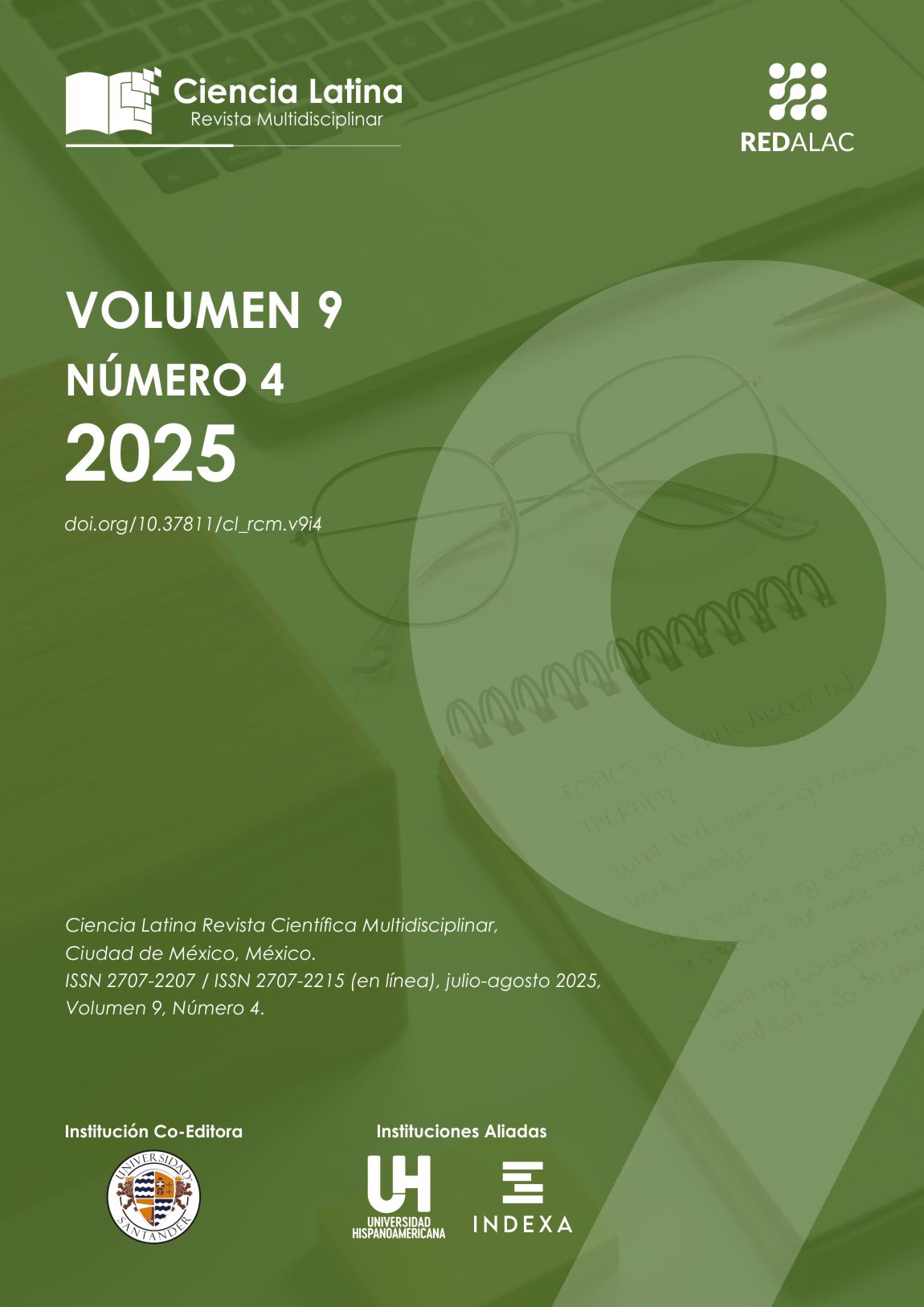








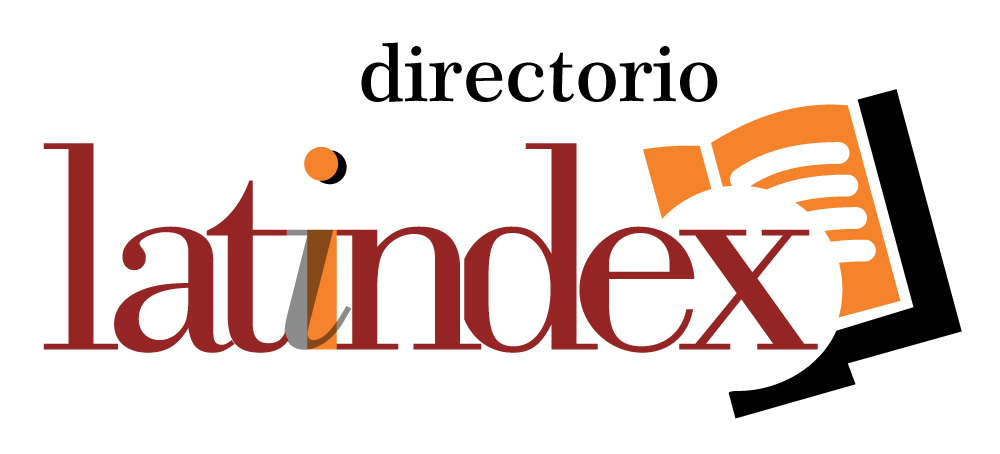
.png)
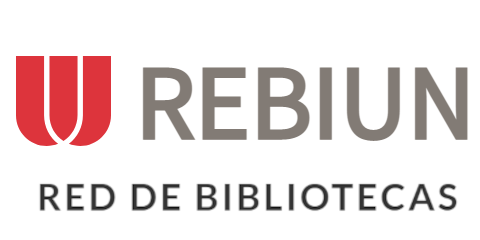







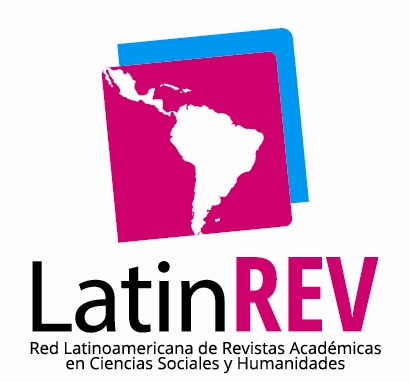

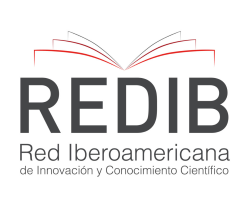


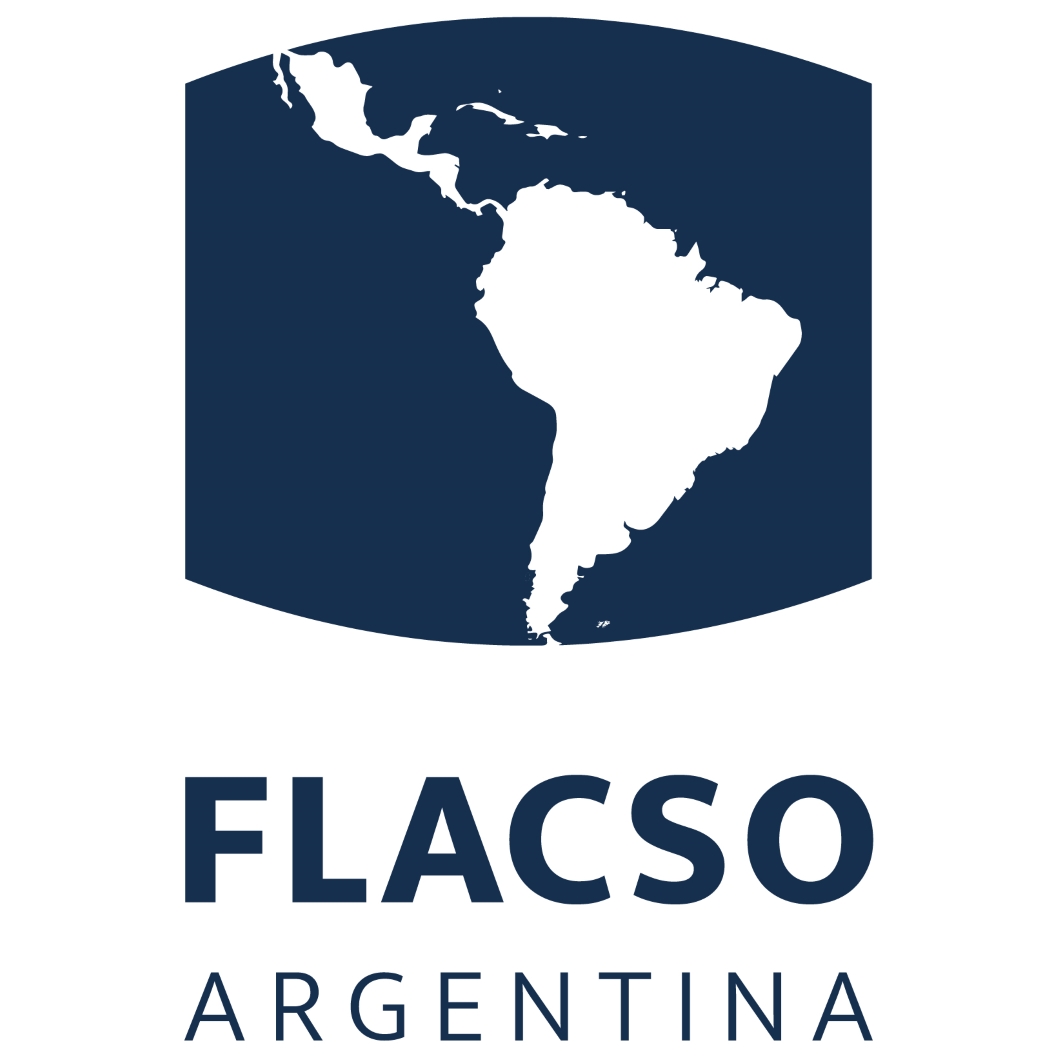






.png)
1.png)


